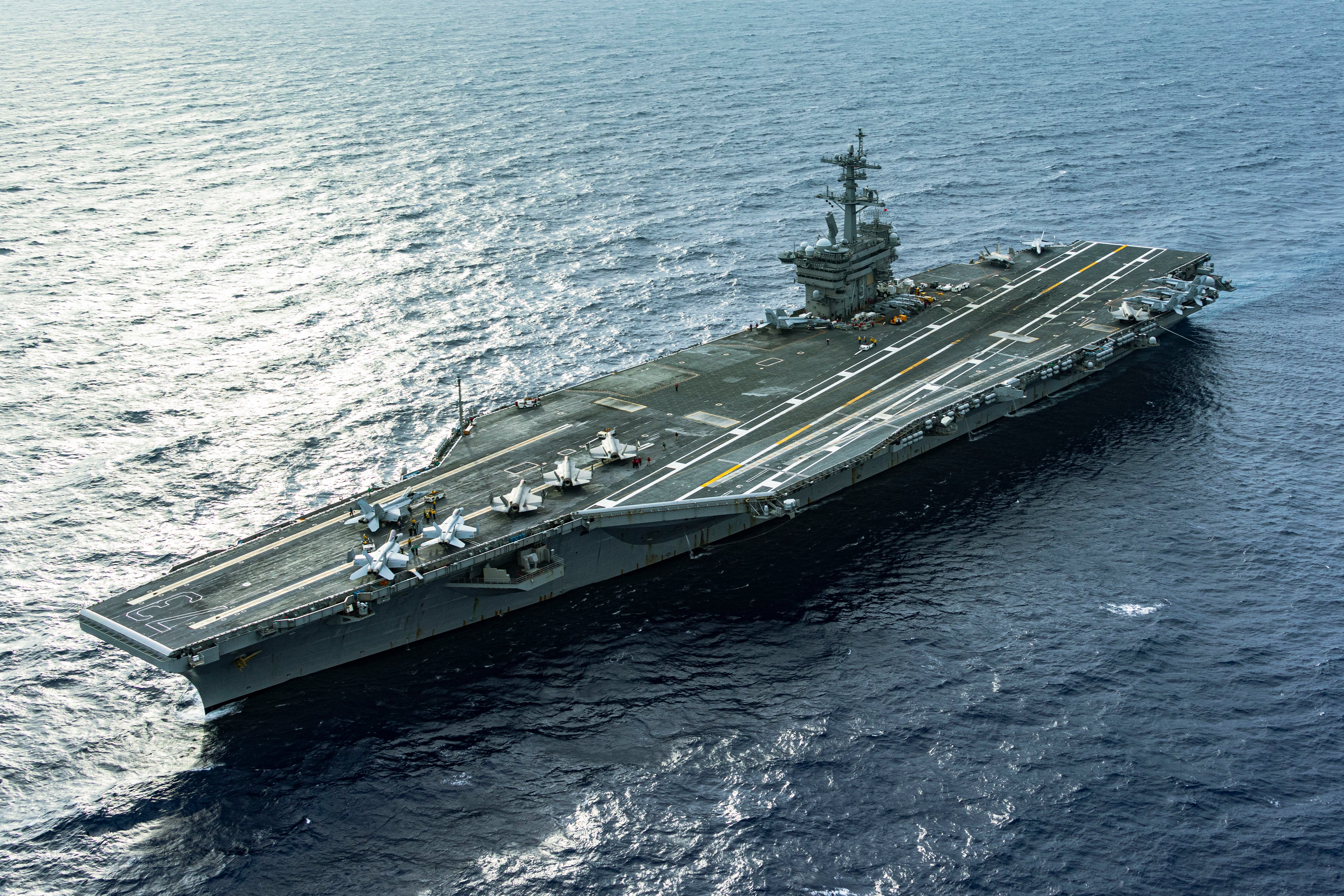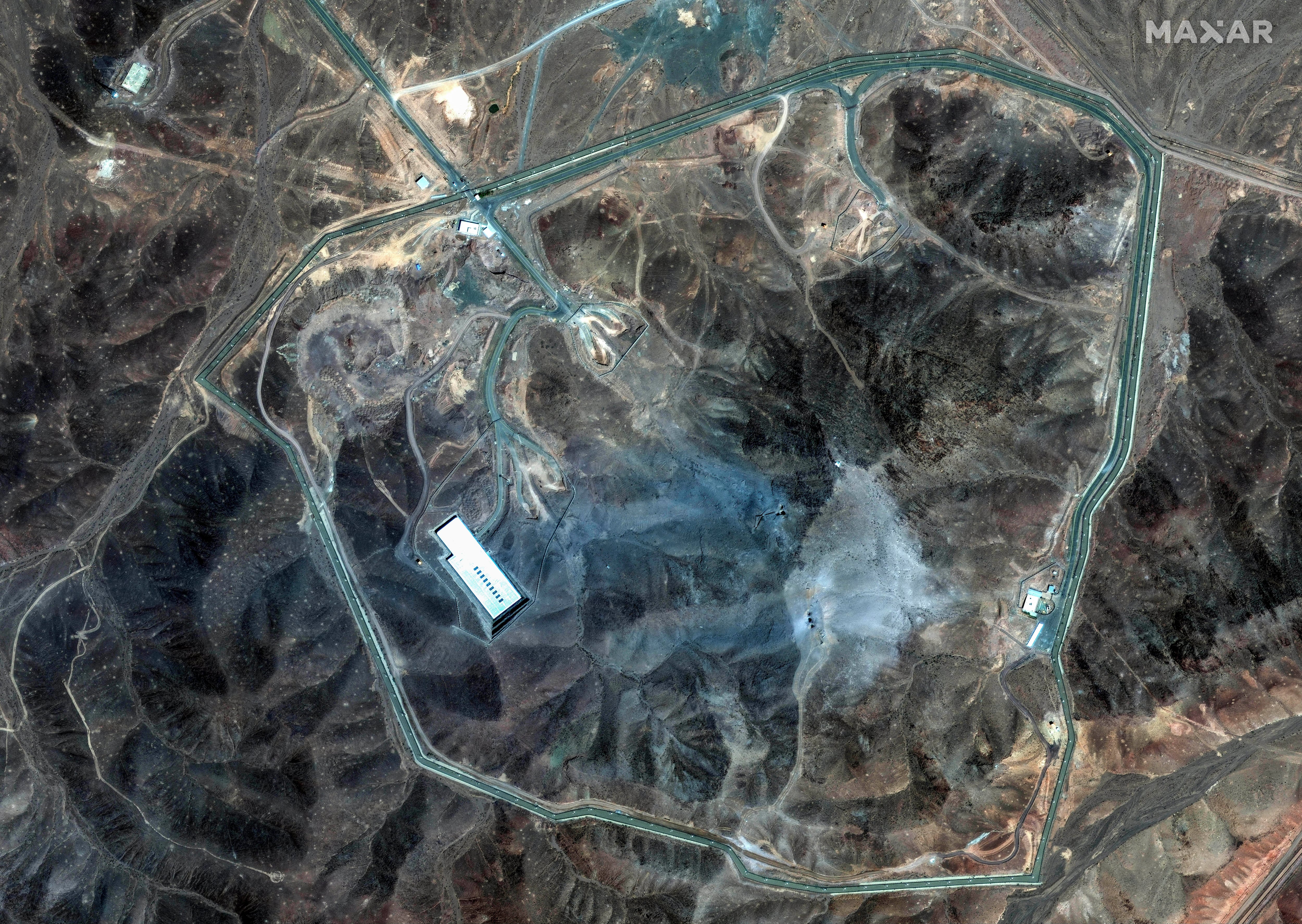This article has been updated to include additional information from Naval Surface Forces.
WASHINGTON — The U.S. Navy wants to decommission nine of its Freedom-variant littoral combat ships and eliminate the anti-submarine warfare mission for the ships, citing a trade-off between the cost of the ships and equipment versus the warfighting capability they’d actually deliver.
This move comes amid rumors the Navy might try to decommission the entire Freedom class, which requires a fix to the combining gear to address a variant-wide defect. If Congress allowed the Navy to decommission these nine ships, only six would remain in the class, none of which have yet entered the fleet, as they remain in various stages of construction or post-delivery activities.
The Navy planned for the LCSs to have three mission packages that could be easily swapped out based on mission needs: surface warfare, mine countermeasures and anti-submarine warfare. Surface warfare is the only package deployed in full today, with half the mine countermeasures mission package systems deployed in the Pacific and the other half wrapping up testing and certification.
The anti-submarine warfare package includes a multifunction towed array, the SQQ-89 undersea combat system and the Dual-mode Array Transmitter, which continued to experience technical challenges throughout the last year.
The mission package overall has been integrated onto the Freedom-variant LCSs and demonstrated an ability to track a submarine in FY21. Yet, technical challenges continued to push back the mission package’s final testing and certification.
It was previously planned to reach initial operational capability in FY16. That was bumped to FY20, and then again to FY22.
Rear Adm. John Gumbleton, the deputy assistant secretary of the Navy for budget, told reporters the gear for the anti-submarine warfare mission package wasn’t working well and wasn’t worth the continued investment amid other, more urgent spending needs.
The Navy’s next small surface combatant, the Constellation-class frigate, will have anti-submarine warfare systems built into the hull — gear in which Gumbleton said the Navy has more confidence. “We’re buying in this budget our fourth frigate, and the fourth frigate has what we believe is going to be an effective ASW capability, so that’s where we chose to take risk in our LCS portfolio,” he said.
Gumbleton told reporters the cost to fix the combining gears on the LCS hulls “isn’t an exorbitant amount of money.” Defense News first reported the Navy would bear some of the cost of replacing the faulty equipment in August.
Still, the Navy will need fewer LCS hulls if it ditches the anti-submarine warfare mission package. By decommissioning Freedom-variant LCSs to meet the lower LCS hull requirement, it would skip the cost of paying for these repairs. Additionally, the Navy would achieve greater programmatic savings by consolidating the cuts in one variant instead of splitting them between the Freedom and the Independence variants.
Gumbleton acknowledged the Navy spent quite a bit of money buying these ships — about $4.5 billion on the nine hulls alone. But, he said, he wasn’t concerned about the sunk costs but rather is focused on the potential costs saved in the coming years that can be reinvested in higher priorities.
“When we think about, programmatically, the purchase cost of a program is roughly 25-28%. And we’re going after the other 72 [percent], and it’s big.”

It’s unclear what losing nine Freedom LCSs would mean for the operational fleet. The Navy has two LCS squadrons: LCS Squadron 1 in San Diego with the Independence hulls, and LCS Squadron 2 in Mayport, Fla., with the Freedom hulls. Each squadron includes four-ship divisions assigned to one mission area.
Cmdr. Arlo Abrahamson, a spokesman for Naval Surface Force Pacific, told Defense News “it would be premature to discuss any realignment of missions and crewing related to LCS identified in the Department of the Navy’s Fiscal Year 2023 Budget Request.”
He confirmed that the nine ships the Navy hopes to decommission include all the Freedom LCSs currently commissioned in the Navy: Fort Worth (LCS-3), Milwaukee (LCS-5), Detroit (LCS-7), Little Rock (LCS-9), Sioux City (LCS-11), Wichita (LCS-13), Billings (LCS-15), Indianapolis (LCS-17) and St. Louis (LCS-19).
This plan means all the ships assigned to LCS Squadron 2′s surface warfare and mine countermeasures divisions would be decommissioned, leaving the crews in Mayport to await delivery of new ships for them to operate.
LCS Fort Worth is based in San Diego and is considered a test ship rather than a deployable ship. The Navy has previously asked to decommission this ship, but lawmakers have rejected the request.
Megan Eckstein is the naval warfare reporter at Defense News. She has covered military news since 2009, with a focus on U.S. Navy and Marine Corps operations, acquisition programs and budgets. She has reported from four geographic fleets and is happiest when she’s filing stories from a ship. Megan is a University of Maryland alumna.




